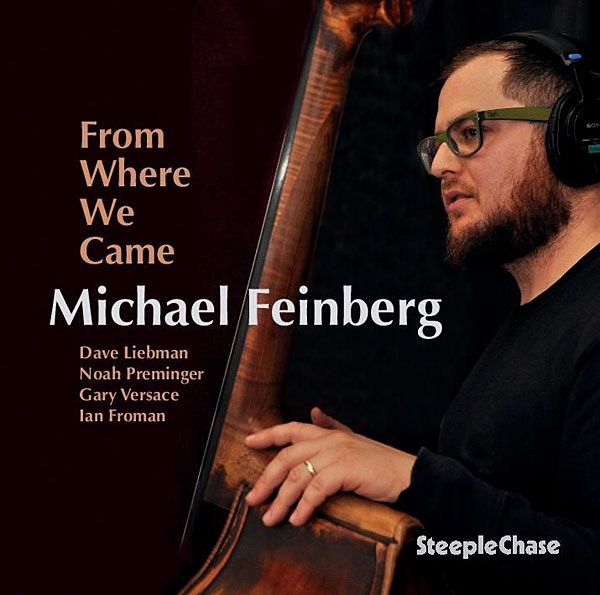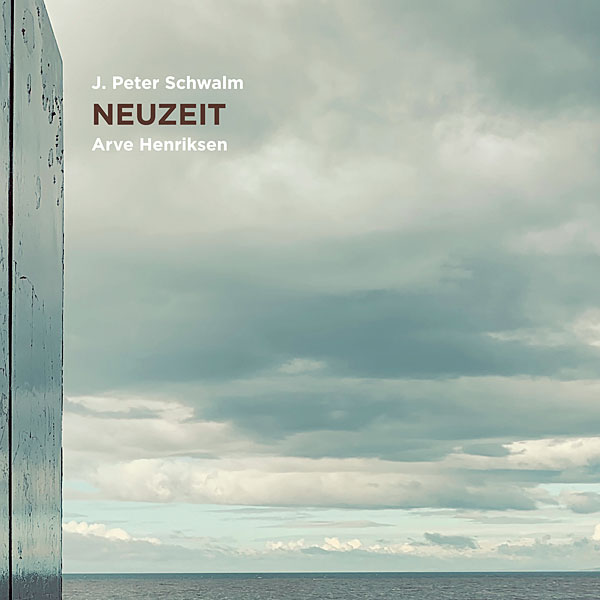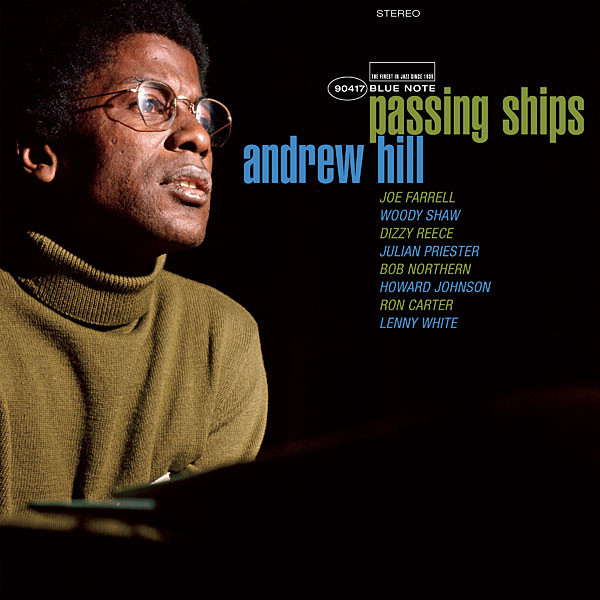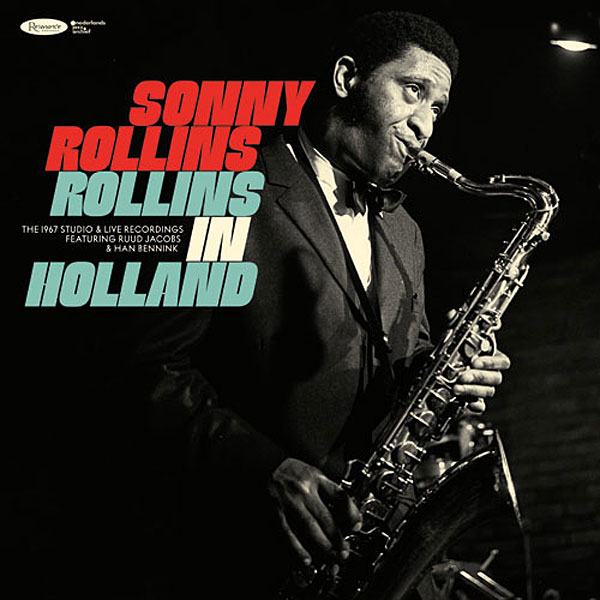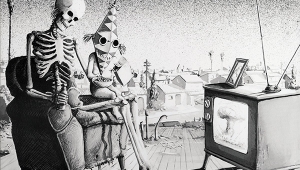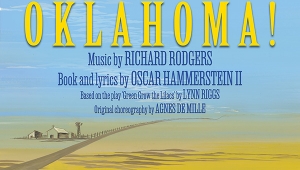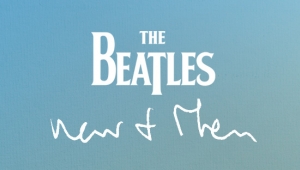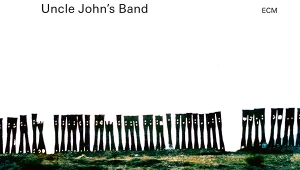| Columns Retired Columns & Blogs |
Thomas Conrad and Fred Kaplan have never led me astray, and my jazz collection has benefited immensely from their reviews. Thanks to both JA's who have kept them in the Stereophile arsenal for such a long and productive time.
